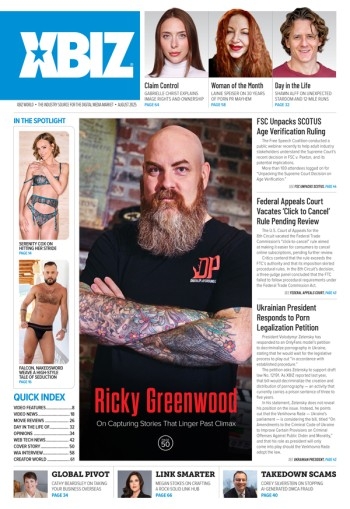You can create a website that attracts customers, not repels them, with a little common sense advice. Everyone wants an attractive professional looking website. But too often businesses think they need a GLITZY site with all the bells and whistles when what they really need is a functional site that attracts customers.
Creating a user-friendly website doesn't require a lot of money or a staff of professional, high priced, designers. If fact, they can be the very thing that leads you to go overboard. All you really need to know is what your customer wants and how to deliver it in a way that even a first-time visitor can understand.
How do you know what your customers want? Listen! Keep track of the questions they ask when they visit or call. Then make sure those questions are answered right on the site. Since the web uses hypertext, it connects to information in many different ways. Unlike a library, where a book just sits on a shelf, a website should allow pages to be accessed the way users think about information. You will have a better site when it is designed to support flexible human behavior and not just one path for people to follow.
Visitors will not stick around for slow overloaded sites, that might have looked good but just aren't worth the wait. Remember that for the next few years, most users will access the Internet through slow modems. So web page design that addresses the needs of the masses, has a better chance to be seen and appreciated. Your pages must download quickly, or users may not only not follow the links, but may also have trouble navigating the site. People are more likely to get lost on slow sites than fast ones and more likely to leave and not return.
Even on the Internet, it's true that buyers want to see what they are buying; but overloading a page with slow loading images of products can be a big mistake. You would be better off with small (thumbnail) images and follow with larger images on succeeding pages. Text downloads faster than graphics; but it is important to minimize the words on a page as well. Research on how people read online shows "They don't". They tend to scan. Users prefer concise text that's easy to scan, with a liberal use of highlighted words, bulleted lists and sub-headings.
Users would rather have the "facts" than the "fluff"! The average user will probably only spend a few seconds on your home page deciding whether it's worth their time to go further or go on to the other 10 million sites on the Web. If you make users wait to long, they leave. If you confuse them, they leave. If your site is too wordy, they leave. However, if your site is easy to use and is full of useful content, they stay.
Remember, anybody can put up a website. But companies that put up a user-friendly site get the business. What kind of site do YOU have?





